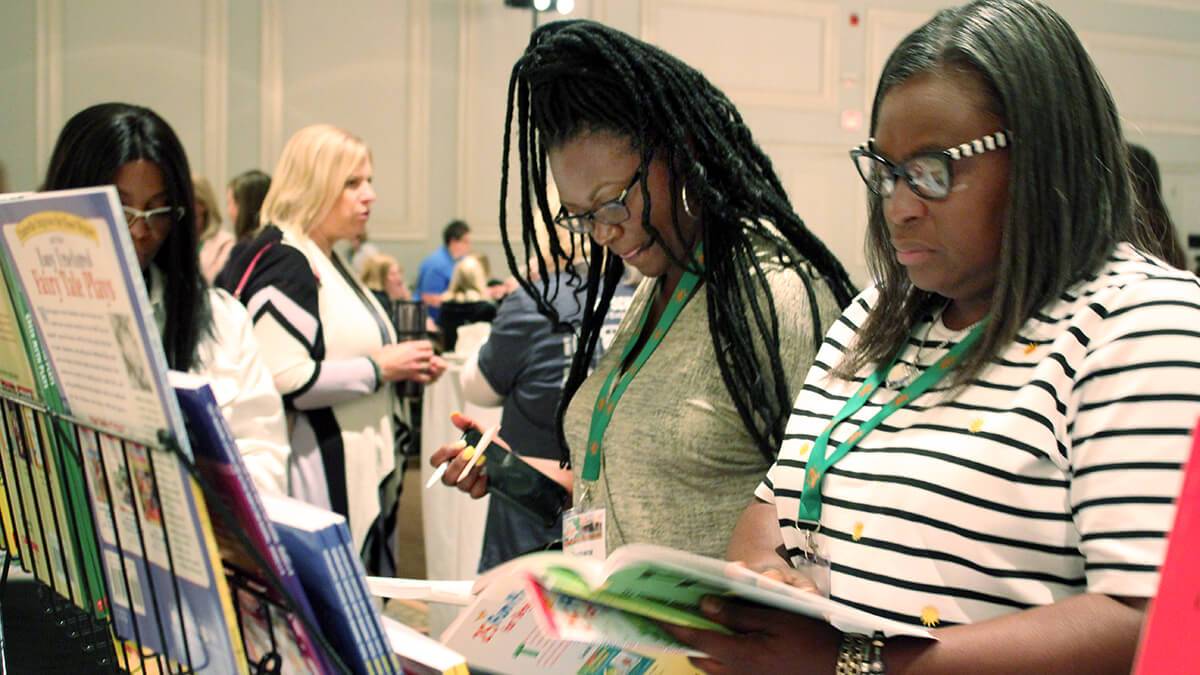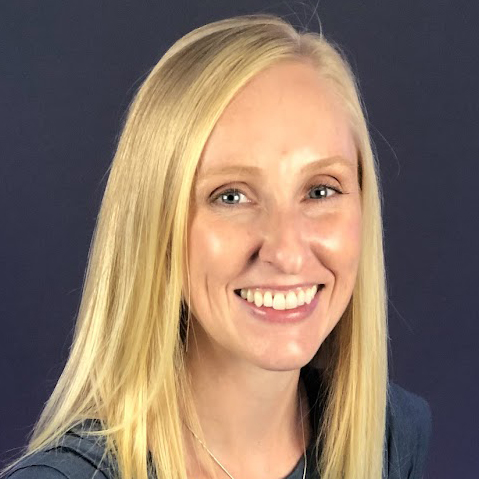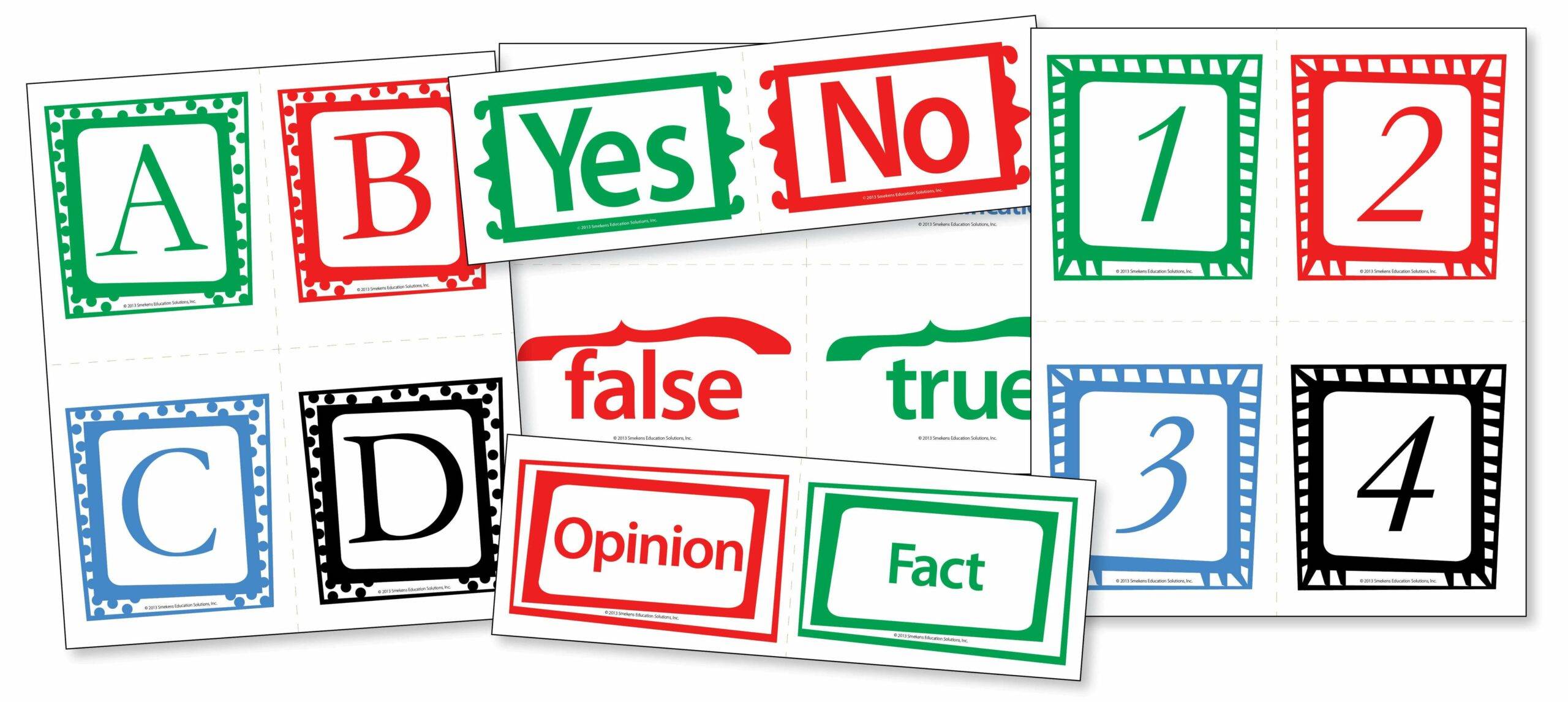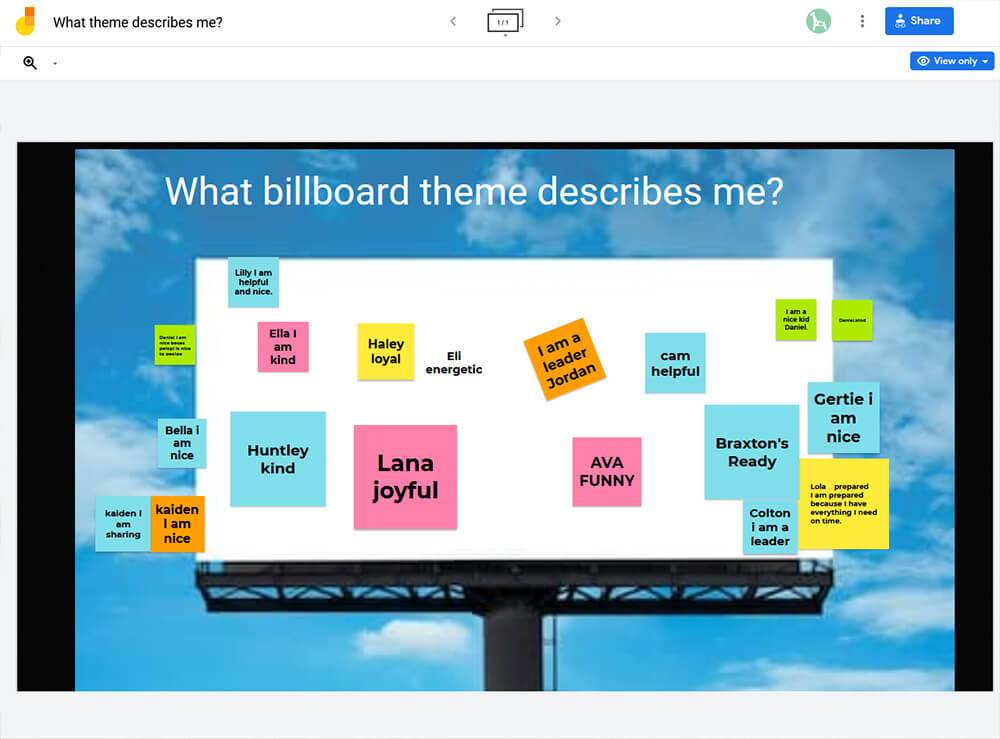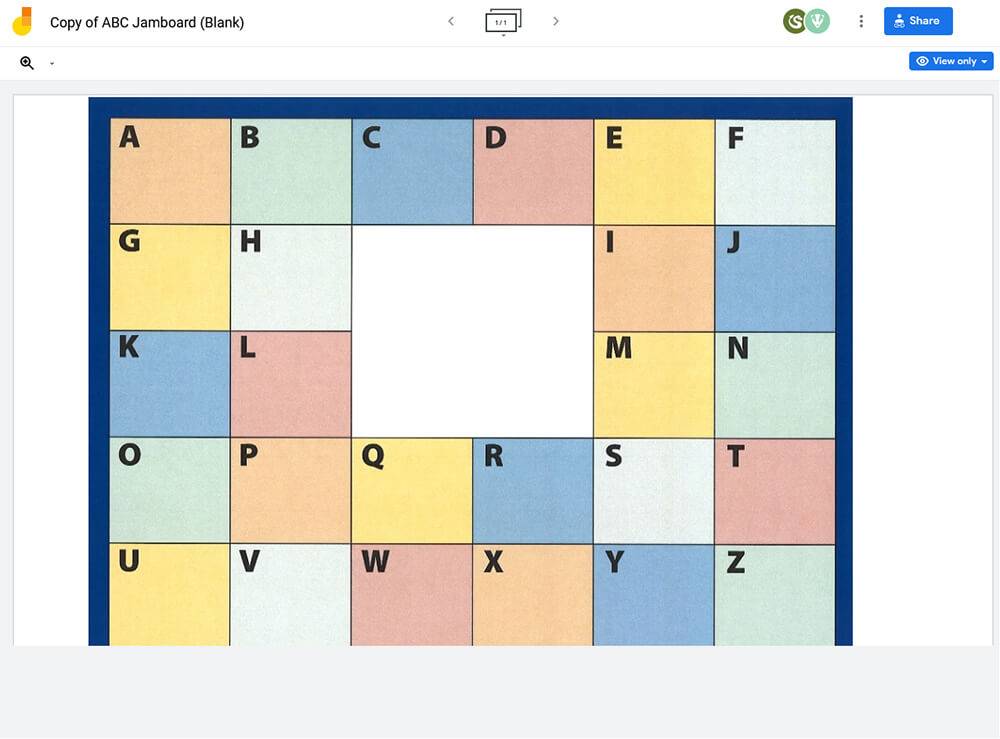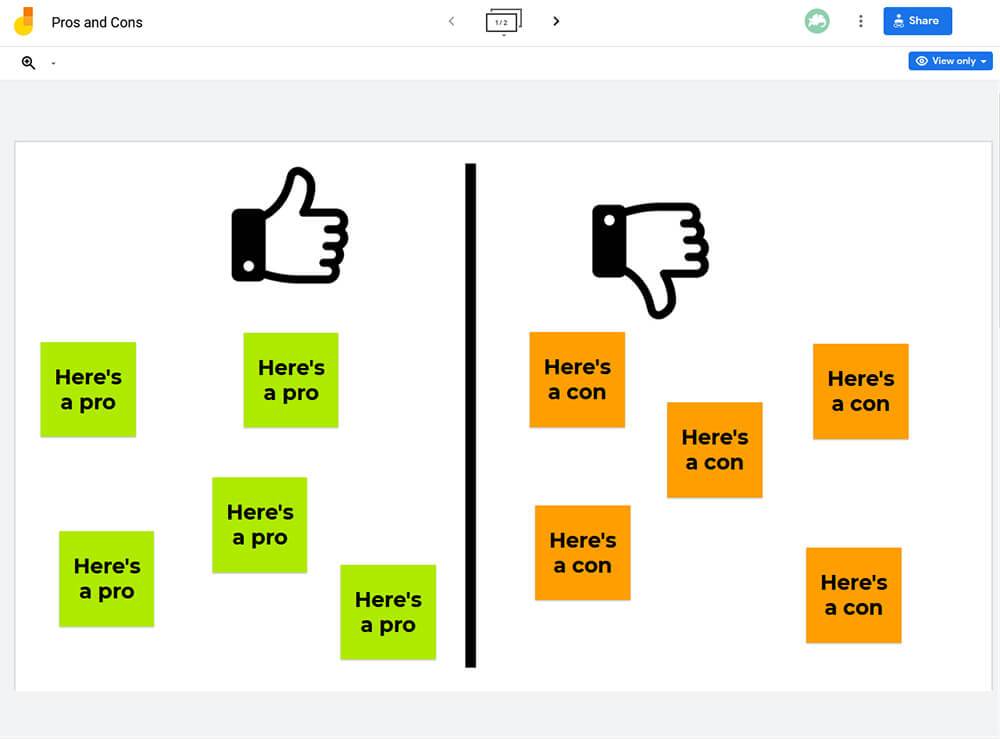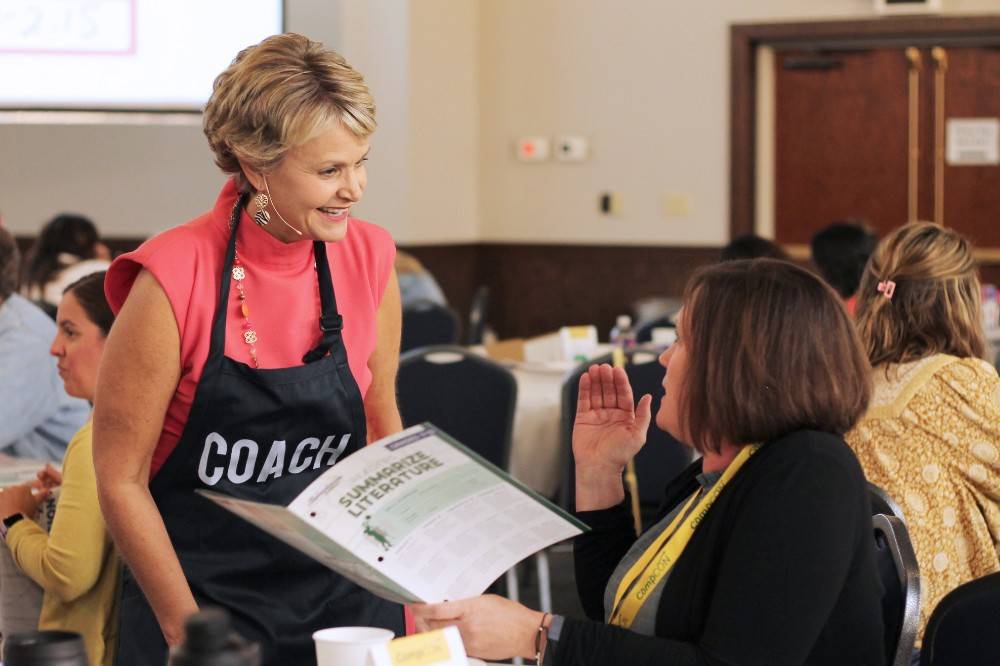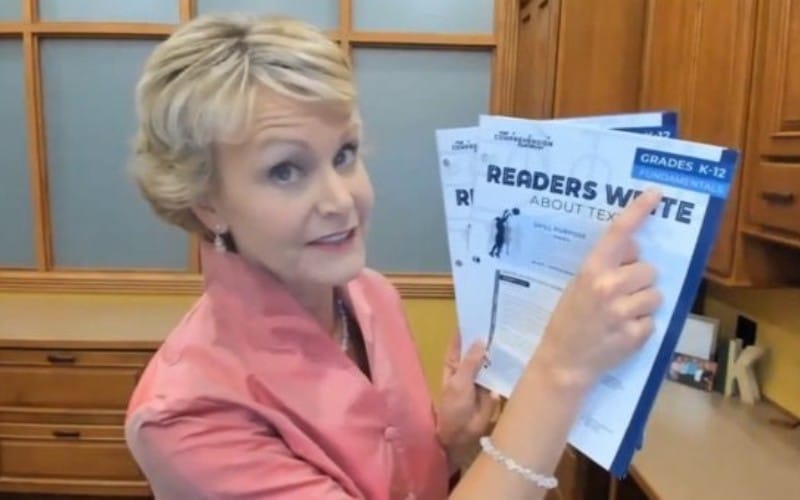What is a Formative Assessment?
Utilize formative assessment to implement feedback loops and create a dynamic learning environment that fosters continuous improvement.
by Michelle Schweikhardt
Assessments in education often evoke a negative connotation, creating self-doubt and frustration in both students and teachers. Typically, one type of assessment causes this reaction: high-stakes standardized tests otherwise known as summative assessments.
Let’s step back and consider that assessment does have a place in teaching. High-quality formative assessment, when aligned with the curriculum, measuring student growth at all achievement levels, is an essential tool for instruction.
So where’s the disconnect? Not all assessments serve the same purpose, and while there are generally two types of assessments, formative assessments are typically overshadowed by the pressure placed on teachers by standardized (summative) assessments.
The good news is that, in today’s fast-paced educational landscape, formative assessment, implemented effectively, has emerged as a game-changer, offering educators a powerful tool to unlock their students’ full potential and drive academic growth.
By using formative assessment to implement effective feedback loops, educators can create a dynamic learning environment that fosters continuous improvement and inspires them (and their students) to embrace assessment as a catalyst for success.
Formative assessment drives tomorrow’s instruction
What are formative assessments? Unlike summative assessment, which typically evaluates student learning at the end of a unit or course, formative assessment occurs throughout a unit or course and provides real-time feedback to both students and teachers. This approach to assessment allows teachers and students to make mid-stream adjustments and improve understanding in real time.
By regularly assessing student understanding, educators can identify gaps in knowledge, tailor instruction for differentiation, and guide students toward mastery.
Simply put, formative assessment drives tomorrow’s instruction.
Formative assessment is not just about assigning grades or scores; it’s about gathering evidence of learning and using that information to inform instructional decisions.
John Hattie points out that teachers often work from theories and assumptions about student learning. Instead, educators need to concentrate on what students “say, do, write, or make to infer what they understand, know, feel, or think of learning.”
By using formative-assessment practices, educators can gain valuable insights into student progress, identify misconceptions, and adjust their teaching accordingly.
Assessment as learning
Seeing assessment as a formative activity that takes place throughout the learning process sometimes requires a paradigm shift. But when assessment is treated as part of the learning process, students can identify their strengths and weaknesses, and teachers are provided with an effective way to guide instruction.

This view of assessment is often associated with the idea of “assessment as learning,” where students are actively involved in the assessment process and use feedback to develop in their learning journey.
When continuous formative assessment occurs, the feedback creates a cycle of improvement where students can learn from their mistakes, receive targeted support, and make progress toward their learning goals.
Formative assessment strategies for teachers
There is a broad scope of strategies and techniques that could be characterized as formative assessment. Listed below are several suggestions of formative assessments that educators can adapt and use in the classroom:
Observations
Observing students as they engage in learning activities can provide valuable insights into their understanding and progress. Observation checklists that focus on participation, interactions, or writing can offer evidence of learning, allowing teachers to adjust their instruction accordingly.
Questioning
Asking students well-crafted questions can help to assess understanding and promote critical thinking. Open-ended questions, probing questions, think-pair-share activities, or student conferences are effective ways to engage students in meaningful dialogue and elicit critical thinking. To amplify responses in a whole-group setting, students can answer questions using Talk Moves or every-student-responses.
Exit tickets
Exit tickets are short, quick assessments that students complete at the end of a lesson, activity, or class. They could take the form of a short poll, a reflection prompt, a summary, or a cloze activity. Exit tickets provide a snapshot of student understanding and help teachers gauge the effectiveness of their instruction.
Student self-assessment
Encouraging students to reflect on their learning and assess their progress is an important aspect of formative assessment. Self-assessment activities, such as self-reflection journals, learning logs, or rubrics enable students to take ownership of their learning and develop self-reflection skills.
Peer assessment
Peer assessment involves students giving authentic feedback to their peers. When tightly aligned to learning objectives, this not only provides valuable learning for the student being assessed but also helps the assessing student develop his or her own understanding.
Formative quizzes
Quizzes can be used as a formative assessment tool to check student understanding of factual knowledge, conceptual understanding, or problem-solving skills. They can be administered online or in class and can be designed to provide immediate feedback to both the teacher and students.

FREE ON-DEMAND WEBINAR
Advance Beyond Doing Reading to Teaching Reading
Learn what explicit, whole-class comprehension instruction looks like and how to effectively scaffold mini-lessons within the rest of the reading block to honor the gradual release of responsibility.

Earn a completion certificate
60-minute webinar
Feedback to learn forward
Equally as important as the assessment itself is the feedback.
Formative assessment nurtures effective feedback. It allows for an immediate response, which is more effective in promoting learning as compared to delayed feedback. And, the more timely, specific, and actionable feedback students receive during the learning cycle, the better they can achieve their goals.
For example, a teacher who uses an exit ticket at the end of a mini-lesson can quickly assess student understanding. This information can then be used to adjust instruction or provide additional support to students.
According to research by John Hattie, “Feedback was among the most powerful influences on achievement. Most programs and methods that worked best were based on heavy dollops of feedback…THROUGHOUT the unit. Not all at the end when it’s too late.”
…the more timely,
specific, and actionable
feedback students
receive during the
learning cycle, the
better they can
achieve their goals.
Feedback is intended to close the gap between where the student is and where they are expected to be. To break the continuous cycle of students underachieving on summative assessments, feedback must be given simultaneously with formative assessments to close the gap.
In truth, figuring out “what” feedback to give and “how” to provide it to students may be more challenging than deciding on the formative assessment. With that in mind, here’s a helpful list of ways educators might consider using feedback to drive student thinking in the learning cycle:
List of ways to drive feedback
- Provide prompts or redirect student thinking toward the intended goal.
- Help students become aware of the strategies they are using or could use.
- Provide information or reteach on misunderstandings.
- Motivate students to feel more invested in their work.
Implementing formative assessment: Assess based on instruction
When teachers are ready to implement formative assessments, the first considerations are:
- What specific types of formative assessment will be used?
- How will data be collected and analyzed?
- How will data be used to adjust instruction?
During the planning process, keep in mind that formative assessment strategies (e.g., exit tickets, digital portfolios, etc.) and feedback methods should be purposefully chosen to match mini-lesson instruction.
Typically, when preparing a unit of instruction, teachers start with the standards, determine the new skills and instruction needed to meet those objectives, and then, decide how to assess student learning.
Teachers ASSESS based on INSTRUCTION.
Therefore, it’s natural to expect that a unit’s skills will be assessed in a final (summative) product or assessment. But, for many, there is a misunderstanding on how to use the days during the unit in preparation for the end of the unit.
Here’s a hint: give formative assessments after each mini-lesson.
Throughout a unit, new instruction is constantly happening. So assessment must be formative. Teachers need to give students numerous opportunities to experiment with isolated, new skills. That’s what makes that time “during” a unit so valuable.
To reach a level of mastery, teachers need to provide students with a scaffold of “practice” (formative) tasks that zero in on specific skills.
Remember that formative assessment is simply the You do in the 4-step mini-lesson. So it should be an immediate and authentic application of the skill taught during the I do and We do.
A step-by-step approach to formative assessment
Consider this approach to effectively integrate formative assessment practices throughout a unit:
1. Establish learning goals–Begin by clearly defining the standards-based skills to teach students. What do you want students to know and be able to do? And in what order will you teach skills? By setting clear expectations, you provide a framework for both yourself and your students to assess progress.
2. Choose the You do–With each mini-lesson in a unit, create a You-do task (the formative assessment) that directly aligns with the isolated, mini-lesson skill taught. Choose assessment tasks that are authentic, meaningful, and engaging for students.
3. Communicate expectations–Teachers should communicate the purpose and expectations of formative assessment to their students, providing them with clear guidelines and expectations for participation.
4. Promote self-reflection–Encourage students to reflect on their learning. Provide opportunities for students to assess their progress, identify areas for improvement, and set goals. Help students develop self-reflection skills by asking them to think about how they learn best and what strategies they can use to overcome challenges. Encourage peer assessment and collaborative learning where students can provide feedback to their peers and learn from each other.
5. Provide timely feedback–Feedback is a critical component of formative assessment. Decide ahead of time what kind of feedback to provide and how students will receive the feedback. Effective feedback is specific, constructive, and actionable.
6. Use data to inform instruction–Collect and analyze formative assessment data to inform instruction. This data might be independent student work, written teacher observations, student self-assessments, or data from a digital-response tool. Use the data to identify patterns, trends, and areas of difficulty. Adjust teaching strategies, modify instructional materials, and provide targeted support to address student needs. Formative assessment drives the next lesson.
A formative assessment example
So now you might be asking “Where does formative assessment come into play in my daily lessons? What is a formative assessment in the classroom?”
Here’s an example:
A teacher just finished teaching a 4-step comprehension mini-lesson on how readers make an inference. Now she needs to formatively assess whether students can make an inference while answering a question about a provided text.
After seeing this process modeled in an I do, and again in a We do, it is now time for students to try it out in the You-do phase of the lesson. An effective formative assessment the teacher could use is the Silhouette Head graphic organizer.
Formatively assessing students with a graphic organizer is a strong strategy if the organizer has been modeled multiple times during mini-lesson instruction. With familiarity, the organizer is not something that needs to be explained to students in more detail. Students aren’t wrapped up in how to use the organizer and can simply move into applying their thinking.
The effectiveness of the assessment is contingent on the feedback.
The Silhouette Head graphic organizer, for example, allows the teacher to quickly see student annotations and their responses (or inferences) to the question. Feedback can then focus on a variety of facets: the annotations from the text, student connections, or the inference itself.
If time allows, teachers can provide individual feedback, but to help expedite the process and reach every student, they can meet with students to provide similar feedback in small-group conferences during the reader’s workshop.
Formative assessment activities provide educators with real-time insights into what students understand and what they’re missing. Involving students in the formative-assessment process also provides opportunities for more communication and collaboration, critical and metacognitive thinking, and student empowerment.
Formative assessment tools and resources for teachers
There are a myriad of possibilities for executing formative assessments with technology. Educators asking “What is a formative assessment example?” should consider ways they can leverage technology to enhance formative assessment practices. Examples include:
Interactive polling and quizzing tools
Online quizzing and polling tools, such as Plickers, Kahoot! or Quizizz, and Google Forms allow teachers to create interactive quizzes that provide immediate feedback to students. These tools make assessment engaging and fun for students while providing valuable data on student understanding.
Digital exit tickets
Digital exit ticket platforms, like Padlet or Google Jamboard, enable students to submit their responses electronically at the end of a lesson or class. Teachers can quickly review the responses and use the data to inform their instruction.
Digital portfolios
Digital portfolios, created using platforms like Seesaw or Google Sites, provide a space for students to showcase their work and reflect on their learning. Students can upload their assignments, projects, or reflections, and teachers can provide feedback and comments directly within the portfolio.
Online discussion forums
Online discussion forums like Flip (formerly Flipgrid) or Edmodo enable students to engage in asynchronous discussions and share their thoughts and ideas. These platforms provide an opportunity for students to articulate their thinking, respond to their peers, and receive feedback from both their teacher and classmates.
Data analysis tools
Data analysis tools, such as Excel or Google Sheets, can help teachers analyze formative assessment data and identify patterns or trends. These tools can be used to create visualizations, track student progress over time, and make data-driven instructional decisions.
Buying into formative assessment
There’s probably not a teacher that would disagree that formative assessment is necessary and beneficial. Even still, it can be a demanding process for some.
It can take extra time to effectively plan formative-assessment strategies and ensure that they are aligned with learning standards and objectives.
Teachers are also up against the clock to provide meaningful feedback to students and ensure that they are using the feedback to guide their learning.
With this in mind, some teachers might think “If I don’t assign…I don’t have to assess…” or “There’s got to be something better.”
But the truth is, the rewards that result from using formative assessment far outweigh the extra time required on the planning side.
Unlock student potential and drive academic growth
To maximize the potential of formative assessment, create a classroom culture that promotes a growth mindset.
- Emphasize the importance of effort, perseverance, and learning from mistakes.
- Encourage students to view assessments as learning opportunities rather than judgments of their abilities.
- Celebrate progress and provide encouragement and support to help students overcome challenges.
By using this approach, teachers can create a classroom environment that values formative assessment as a powerful tool for learning. Remember that formative assessment is an ongoing process, and it requires continuous reflection and refinement—not just for students but teachers as well.
Be open to feedback, reflect on your practices, and be willing to adapt and try new approaches. With time and practice, formative assessment will become an integral part of your teaching toolkit, driving academic growth and unlocking the potential of every student.
Workshops at your fingertips—from Smekens Education
Find just the right PD options with Smekens Education on-demand and live workshops.
Professional Development Services
TEACHER TRAINING
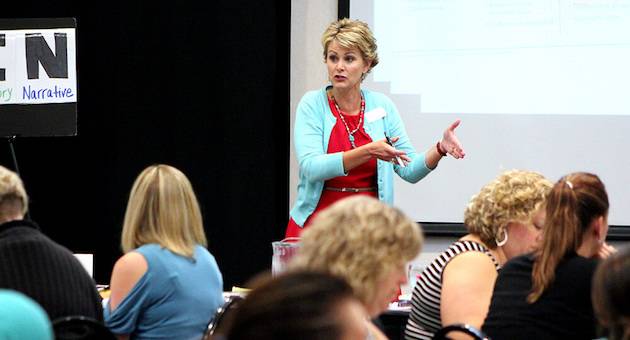
CUSTOMIZED CONSULTING
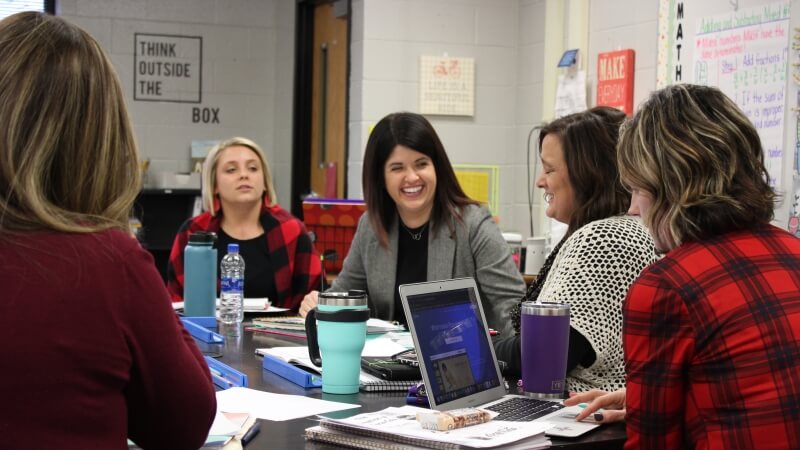
BOOKS & RESOURCES
